mgedit
Jedi Knight
Offline
I have got my alternator installed (Denso 12185N) and am now turning to the wiring. I've reviewed various online threads and just want to confirm my wiring before starting to make connections. I had a non-working control box so I've taken the guts out of it to allow me to use it as a connection box.
Questions are part of the pictures as well.
1. D and F are connected inside control box via heavy resistor. I think I also need to remove this to separate F and D terminals. Is that correct?
2. Does thin yellow that was on D now move to F to connect to yellow/green from alternator? So wire from alternator is then wired directly to indicator light.
3. Is a fuse or circuit breaker needed on the output from the alternator (maybe inside control box between D and A1 and A)? If so, what size?
4. What gauge of wire should I use for inside box connections between D, A1, and A?
5. What gauge of wire from alternator (60 Amp) to D terminal on control box? Run about 3 feet, current wire from generator about .064 inch (so I think it is 14 gauge on the new harness I installed earlier)?
6. My plan to add additional circuits is to daisy-chain heavy white from old to new fuse box, move white coil wire over to second fuse box, take fan from new fuse box, take third wire from alternator (supposed to go to switched power) to fuse input (currently not used on second fuse box). Is this a reasonable approach, or is there a better way?
As usual, thanks so much for the help.
Cheers, Mike
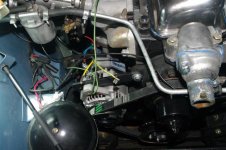
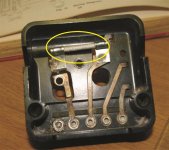
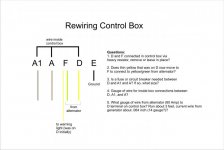
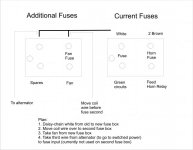
Questions are part of the pictures as well.
1. D and F are connected inside control box via heavy resistor. I think I also need to remove this to separate F and D terminals. Is that correct?
2. Does thin yellow that was on D now move to F to connect to yellow/green from alternator? So wire from alternator is then wired directly to indicator light.
3. Is a fuse or circuit breaker needed on the output from the alternator (maybe inside control box between D and A1 and A)? If so, what size?
4. What gauge of wire should I use for inside box connections between D, A1, and A?
5. What gauge of wire from alternator (60 Amp) to D terminal on control box? Run about 3 feet, current wire from generator about .064 inch (so I think it is 14 gauge on the new harness I installed earlier)?
6. My plan to add additional circuits is to daisy-chain heavy white from old to new fuse box, move white coil wire over to second fuse box, take fan from new fuse box, take third wire from alternator (supposed to go to switched power) to fuse input (currently not used on second fuse box). Is this a reasonable approach, or is there a better way?
As usual, thanks so much for the help.
Cheers, Mike





 Hey there Guest!
Hey there Guest!
 smilie in place of the real @
smilie in place of the real @
 Pretty Please - add it to our Events forum(s) and add to the calendar! >>
Pretty Please - add it to our Events forum(s) and add to the calendar! >> 
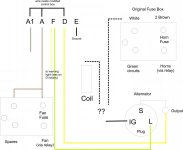

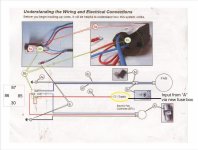
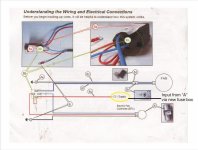
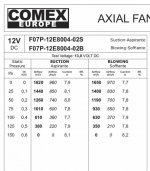
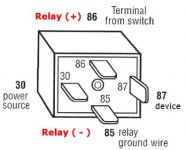


 A friendly reminder - be careful what links you click on here. If a link is posted by someone you don't know, or the URL looks fishy, DON'T CLICK. Spammers sometimes post links that lead to sites that can infect your computer, so be mindful what you click.
A friendly reminder - be careful what links you click on here. If a link is posted by someone you don't know, or the URL looks fishy, DON'T CLICK. Spammers sometimes post links that lead to sites that can infect your computer, so be mindful what you click.